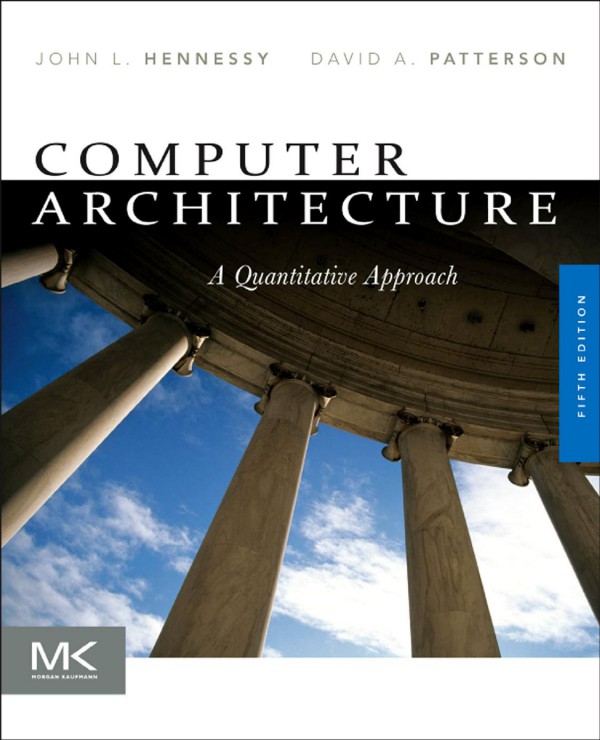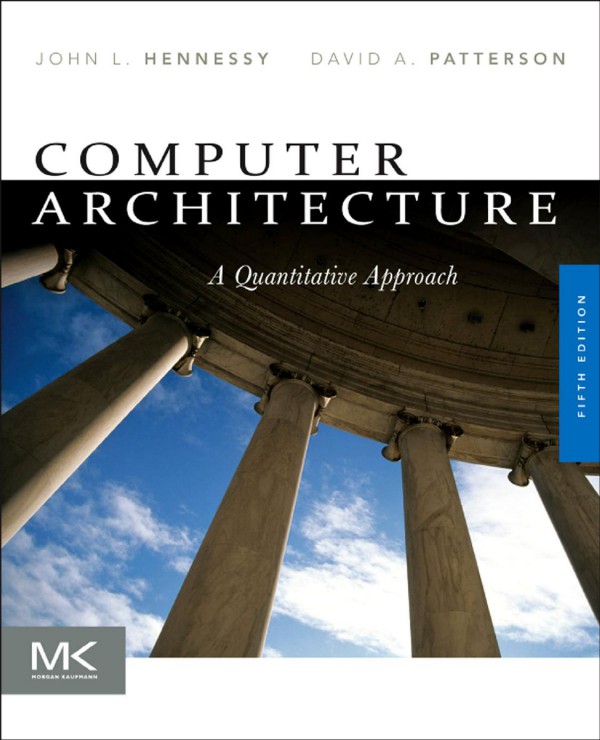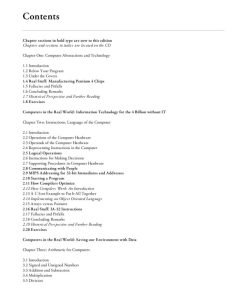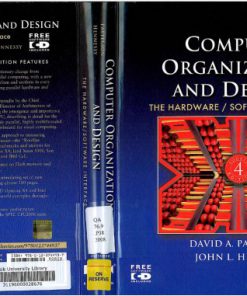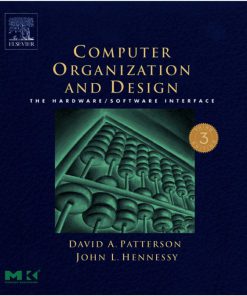Computer Architecture A Quantitative Approach 5th edition by John Hennessy, David Patterson ISBN 012383872X 978-8178672663
Original price was: $50.00.$25.00Current price is: $25.00.
Authors:John L. Hennessy; David A. Patterson , Series:IT & Computer [495] , Tags:Computers; Computer Architecture; General; Computer Architecture: A Quantitative Approach; Fifth Edition (2012) 857pp. 978-0-12-383872-8 , Author sort:Hennessy, John L. & Patterson, David A. , Ids:Google; 9780128119068 , Languages:Languages:eng , Published:Published:Nov 2017 , Publisher:Morgan Kaufmann , Comments:Comments:Computer Architecture: A Quantitative Approach, Sixth Edition has been considered essential reading by instructors, students and practitioners of computer design for over 20 years. The sixth edition of this classic textbook from Hennessy and Patterson, winners of the 2017 ACM A.M. Turing Award recognizing contributions of lasting and major technical importance to the computing field, is fully revised with the latest developments in processor and system architecture. The text now features examples from the RISC-V (RISC Five) instruction set architecture, a modern RISC instruction set developed and designed to be a free and openly adoptable standard. It also includes a new chapter on domain-specific architectures and an updated chapter on warehouse-scale computing that features the first public information on Google’s newest WSC. True to its original mission of demystifying computer architecture, this edition continues the longstanding tradition of focusing on areas where the most exciting computing innovation is happening, while always keeping an emphasis on good engineering design. Winner of a 2019 Textbook Excellence Award (Texty) from the Textbook and Academic Authors Association Includes a new chapter on domain-specific architectures, explaining how they are the only path forward for improved performance and energy efficiency given the end of Moore’s Law and Dennard scaling Features the first publication of several DSAs from industry Features extensive updates to the chapter on warehouse-scale computing, with the first public information on the newest Google WSC Offers updates to other chapters including new material dealing with the use of stacked DRAM; data on the performance of new NVIDIA Pascal GPU vs. new AVX-512 Intel Skylake CPU; and extensive additions to content covering multicore architecture and organization Includes “Putting It All Together” sections near the end of every chapter, providing real-world technology examples that demonstrate the principles covered in each chapter Includes review appendices in the printed text and additional reference appendices available online Includes updated and improved case studies and exercises ACM named John L. Hennessy and David A. Patterson, recipients of the 2017 ACM A.M. Turing Award for pioneering a systematic, quantitative approach to the design and evaluation of computer architectures with enduring impact on the microprocessor industry

